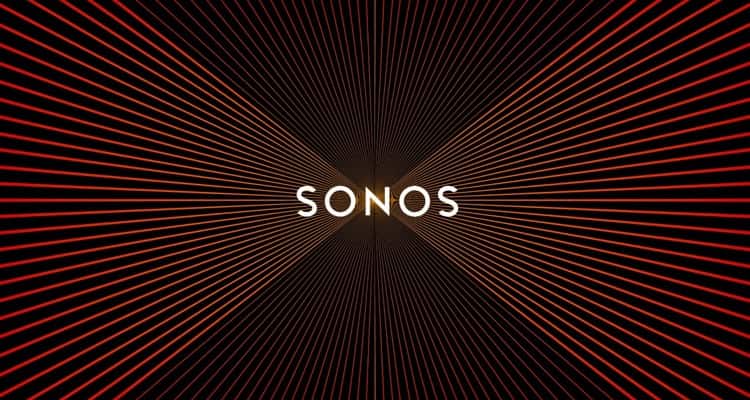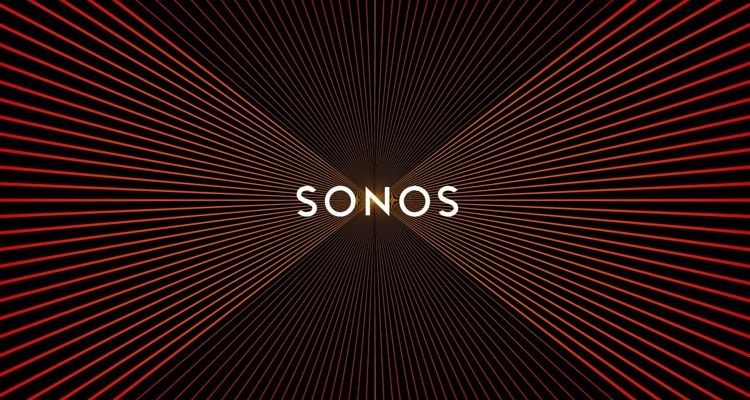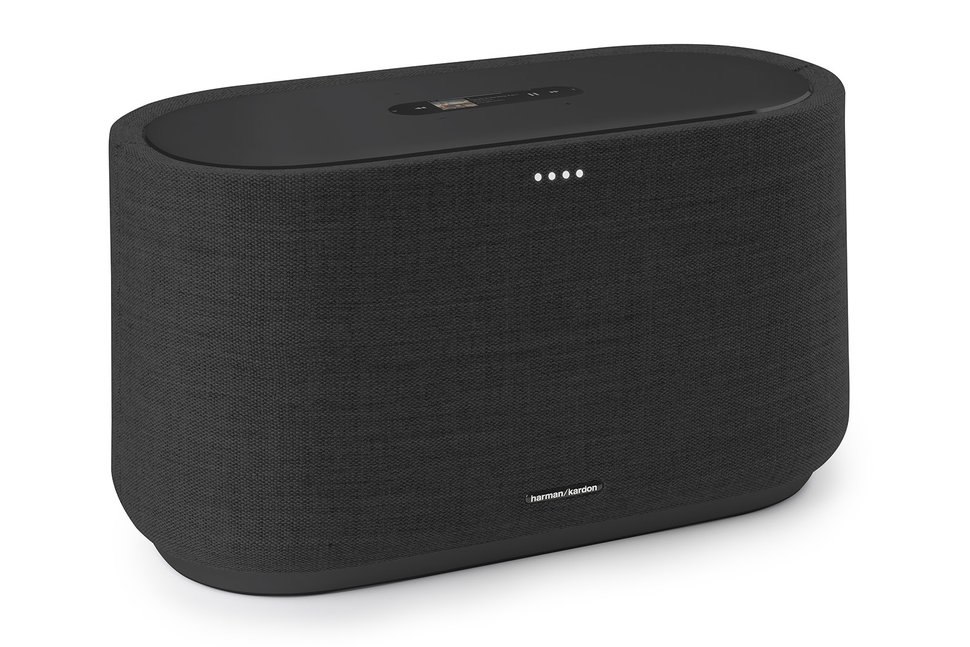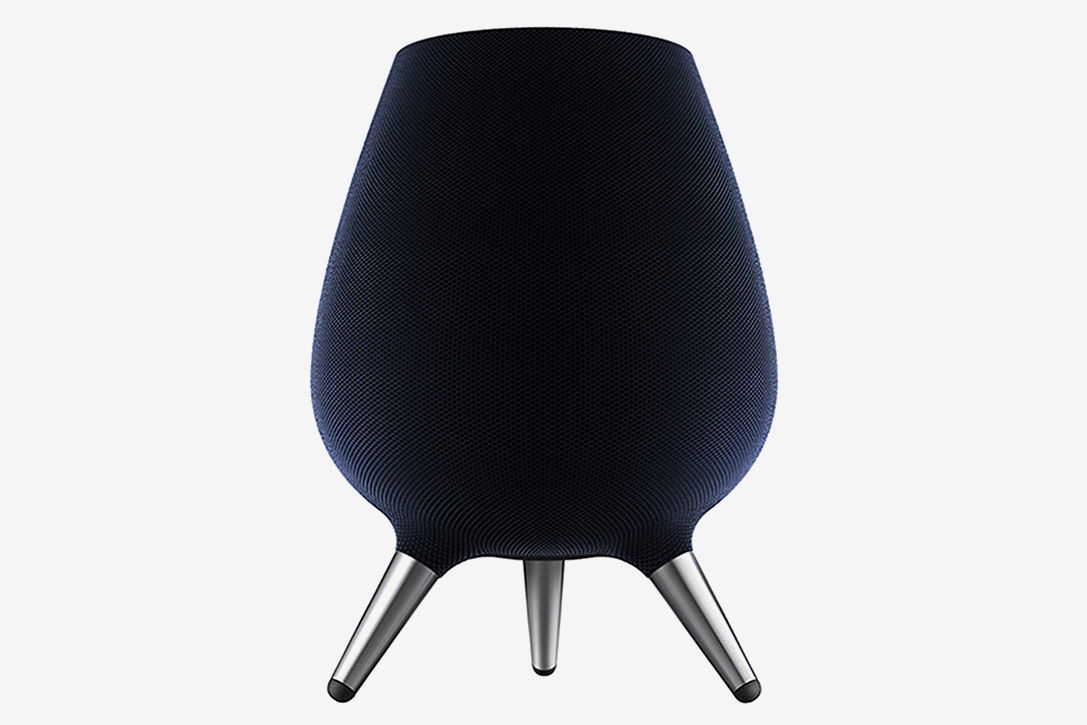Google to (may) Launch the Nest Max Hub in the Coming September
Recently, Alphabet’s subsidiary smart home device maker was rebranded to Nest from Google Home, and in the last Google I/O 2019 event, the company announced a new and big Smart Display, i.e. Nest Max Hub. Well, the company has also mistakenly revealed the date of launch for the said product. The revealed date though was 9th of the coming Septemeber, but the company has just removed the date from its support page.
Previously the company had launched the Nest Hub, a 7” display, that opened the door to things like guided recipes, song lyrics, appointment calendars, etc. The brand new Smart Display from Google is 10” HD display and is empowered with Google Assistant.
This time, the company has also included Nest Cam to the display, such that if the user is away from home, and the Nest Cam captures any new faces, it alerts the user. For the alerts, the company has included the Nest Aware subscription service into the display. The camera uses the Face Match technology to identify faces and can recognize up to six people. For these six people, it then creates personalised settings, too.
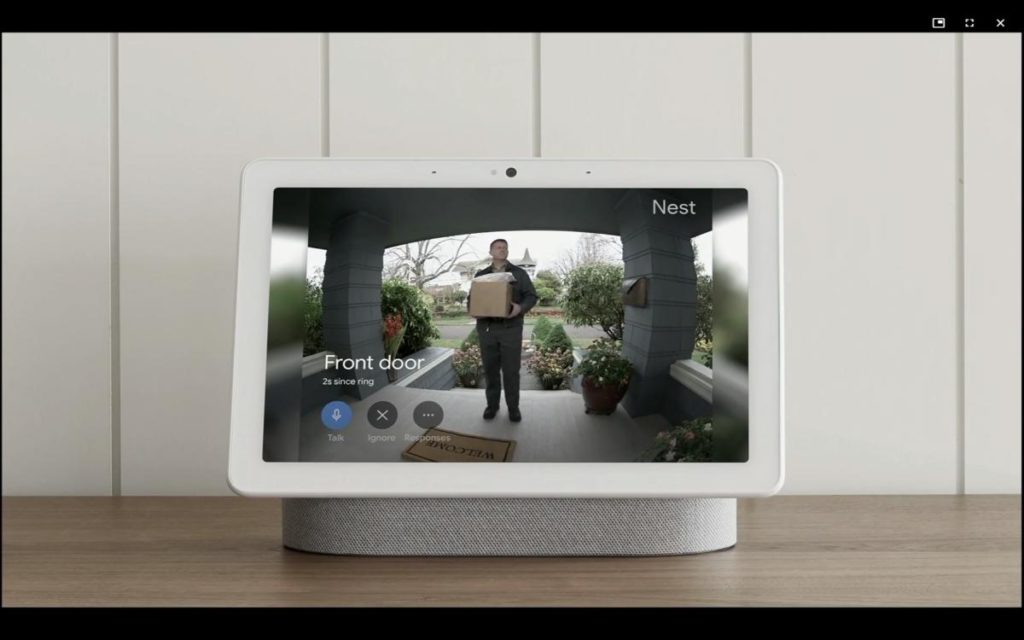
The camera offers a 127-degree field of view that covers a larger area. The display also lets the user scroll through the recording history. Having a camera on the display, the users can also make video calls through it using Google’s Duo app.
Having the assistance of the Google Assistant, the Smart Display can create personalised calendars for the users, and on their preferences, it can also incorporate new playlists.
Quick Gestures is another new feature added to the display, such that the user can control some of its apps through the hand gestures only. Like for the music, the user can ask the smart display to reduce or increase the volume through their hand’s gestures.
The new Smart Display has also inherited a few features from its previous version. Like Nest Hub, it will render built-in Chromecast and will also have access to Google Photos. It has also got a 2-channel speaker setup, that includes two tweeters and a woofer.
The Nest Max Hub is an all-in-one device that has been designed to serve almost every type of solutions to the user. According to the company’s keynote at the Google I/O conference, the Nest Max Hub, for users, is their kitchen TV, a security camera, a smart home controller as well as their Smart Display.
According to the announcement, the Smart Display will be first available in the U.S., UK and Australia. The price of the product has been set at around $299, which is a bit pricier than its ancestor. But based on the various specifications of the new Smart Display, it is quite a steal deal.

Yashica is a Software Engineer turned Content Writer, who loves to write on social causes and expertise in writing technical stuff. She loves to watch movies and explore new places. She believes that you need to live once before you die. So experimenting with her life and career choices, she is trying to live her life to the fullest.
